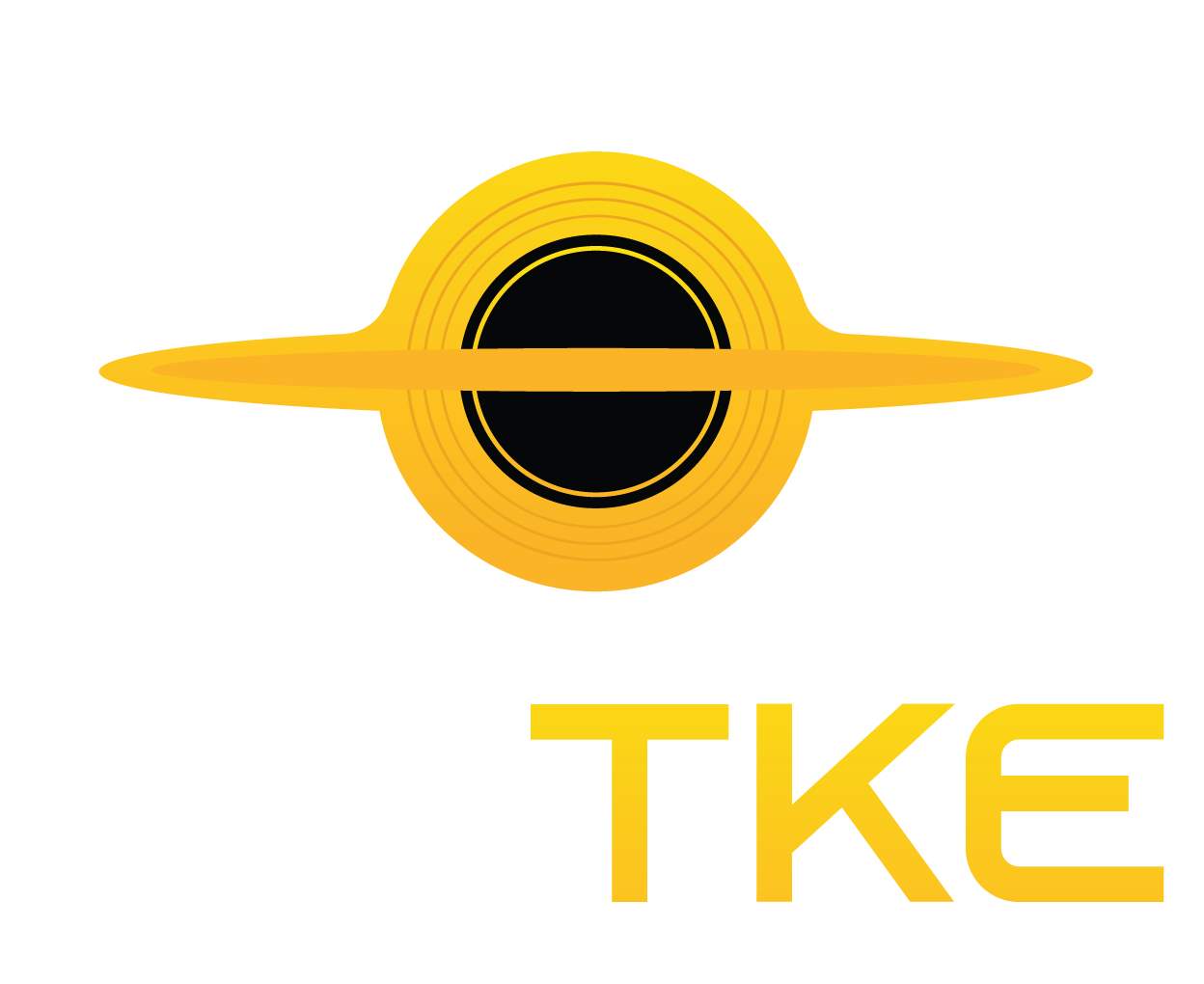Coreshell Aims to Significantly Reduce the Cost of U.S. Made Batteries

The shift to electric vehicles is largely a story centered on China. Government subsidies there have not only fueled automakers but also strengthened the entire battery supply chain. Decades of industrial policies controlling critical mineral resources have given China a dominant position, leaving American and European automakers struggling to compete.
Graphite is a prime example. Every lithium-ion battery, regardless of chemistry, requires graphite for some or all of its anode, and Chinese companies produce 99% of all graphite anode materials, according to Benchmark Mineral Intelligence.
“If you try to make graphite in the U.S., it will always be more expensive than Chinese graphite. To compete in the U.S. or Europe, you need a technical edge or material differentiation,” said Jonathan Tan, co-founder and CEO of Coreshell, in an interview with TechCrunch.
Coreshell believes it has that competitive edge. Instead of directly challenging Chinese graphite production, the company is taking an alternative approach—replacing graphite with its specially coated silicon.
Coreshell Secures $24M in Series A2 Funding to Accelerate Silicon Anode Adoption
To expand its reach and get samples to more automakers, Coreshell has raised $24 million in a Series A2 funding round, exclusively disclosed to TechCrunch. Ferroglobe, Coreshell’s silicon supplier, led the round, with participation from Asymmetry Ventures, Estrada Ventures, Foothill Ventures, Helios Climate Ventures, Lane Ventures, Translink Investment, Trousdale Ventures, and Zeon Ventures.
Researchers have long considered silicon anodes a potential replacement for graphite since they store about ten times more electrons, reducing the material needed per battery cell. However, silicon tends to be brittle in batteries, making it difficult to use effectively.
Startups like Sila and Group14 have developed methods to create more durable silicon anode materials and are now working to scale production. However, the type of silicon they use is costly to manufacture, limiting its adoption primarily to high-end automakers like Mercedes and Porsche.
Coreshell claims it can utilize significantly cheaper metallurgical-grade silicon, which Ferroglobe has committed to supplying entirely from its U.S. operations. By applying its proprietary coating to small silicon beads, Coreshell has developed a method to stabilize the material, preventing degradation over the thousands of charge-discharge cycles an EV battery typically endures.
Coreshell Rolls Out 60Ah Sample Batteries and Expands Capacity
In December, the startup produced its first 60 amp-hour sample batteries for automakers and has since established a four-megawatt-hour production line to meet testing demands. CEO Jonathan Tan stated that Coreshell aims to secure agreements with major automakers within the next year.
By leveraging metallurgical-grade silicon, Coreshell believes it can outperform Chinese graphite on both cost and efficiency. The company asserts that pairing its silicon anode with a lithium-iron-phosphate (LFP) cathode can match the performance and range of today’s graphite-anode, nickel-manganese-cobalt (NMC) cathode batteries—at a lower cost. For automakers seeking even greater range and performance, Coreshell’s silicon anode can also be combined with an NMC cathode.
“This technology enhances vehicle range across the board,” Tan said. However, he emphasized that while a 500-mile range is appealing for luxury models, the mass market requires affordable 300-mile EVs that are profitable for manufacturers. “That’s where we’re focused.”
To enable automakers to sell EVs profitably, Tan believes a superior alternative to Chinese graphite is essential.
“Right now, China is mass-producing and flooding the market with cheap graphite,” he said. “To compete, we need an inherent technical and material advantage—something that delivers a lighter, lower-cost battery.”
Read the original article on: TechCrunch
Read more: 3D-Printed Fungal Battery Powered by Sugar Metabolism










